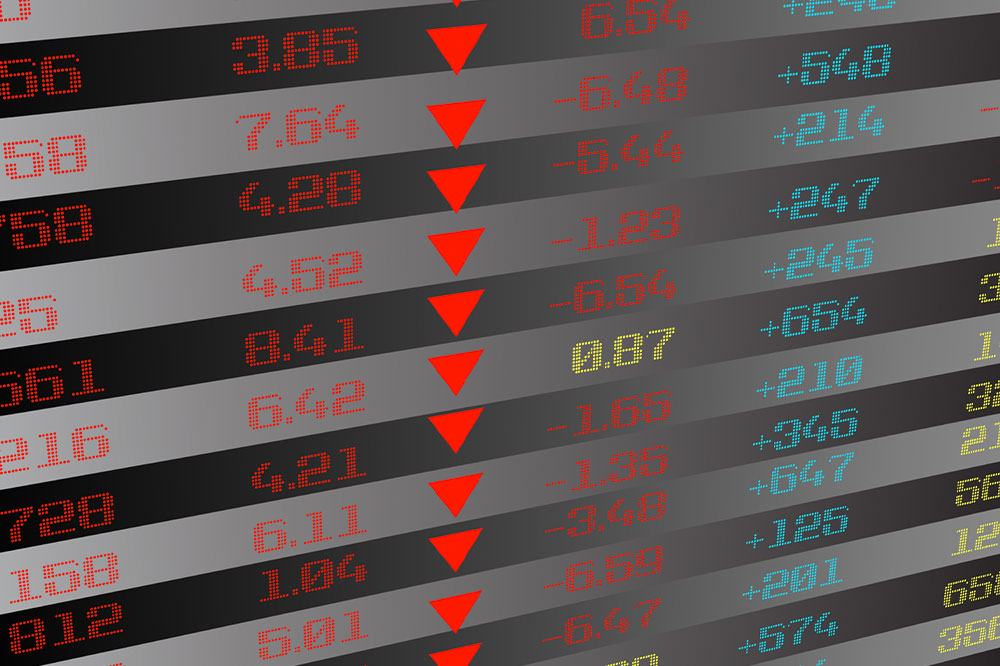Guidelines for Selecting Reliable High-Dividend Stocks
Learn how to identify reliable high-dividend stocks to boost your income and secure your retirement. This guide covers key factors like financial stability, payout ratios, industry traits, and growth potential to help you make smarter investment choices. Investing in consistent dividend payers offers stability, reduced risk, and steady returns, making it a strategic approach for long-term wealth building. Proper evaluation ensures dividends are sustainable, providing dependable income streams now and for the future.
Guidelines for Selecting Reliable High-Dividend Stocks
Opting for stocks that offer substantial dividends is an effective strategy to enhance your retirement savings. With countless options available, identifying the right investments can be challenging. By understanding how to recognize quality stocks with attractive dividends, you can establish a dependable supplementary income stream. Several key factors influence whether a stock qualifies as a high-dividend pick, and mastering these will streamline your investment process.
Understanding Stocks
A stock represents a share of ownership in a company. When you purchase a stock, you acquire a partial stake, making you a shareholder.

There are primarily two types: common stocks and preferred stocks. Common stocks grant voting rights and dividends, while preferred stocks lack voting rights but have priority for dividend payments and other distributions.
Dividends are payments a company makes to its shareholders from profits, usually distributed quarterly. Not all corporations pay dividends. The dividend yield indicates the percentage return on your investment; for example, a 3% yield means earning $3 annually per $100 invested.
Established companies with a history of profitability generally pay dividends. These firms tend to have stable cash flow and earnings, using dividends to share profits with investors.
Such companies often feature strong financial health, low debt levels, consistent earnings growth, and a loyal investor base that appreciates dividend income.
How to Spot High-Dividend Stocks
Focus on companies with a solid history of paying dividends, as they are more likely to maintain these payments. Long-standing dividend payers are usually stable, mature entities less prone to profit fluctuations.
Look for companies with robust financials, such as a healthy balance sheet and high profit margins, which can sustain higher dividend payouts, even during tough times.
Industries with less competitive pressure often yield higher margins, allowing companies to offer higher dividends. Companies increasing dividends consistently often indicate financial strength and growth potential.
A high dividend yield reflects a sizable payout relative to stock price, but sustainability depends on the company’s cash flow and overall financial stability.
Low debt levels reduce the risk of financial distress, supporting continued dividend payments. Additionally, a low payout ratio suggests the company retains profits for growth while paying reasonable dividends.
Growing earnings usually enable higher dividends over time. Companies undervalued compared to peers can also present attractive investment opportunities, combining dividend income with capital growth potential.
Always assess dividend sustainability; a high yield today might not be maintained if cash flow does not support dividend obligations long-term.
Advantages of Investing in High-Dividend Stocks
Higher yields, often exceeding 4%, can generate more income than lower-dividend stocks, allowing reinvestment or income supplementation.
Such stocks typically display less volatility and stability due to strong business models, making them a safer choice for cautious investors.
They are especially suitable for retirees seeking reliable income streams, providing consistent cash flow.
Beware of high yields paired with low payout ratios, as they might signal dividend risks. Careful analysis ensures sustainable income and growth potential.
Important Notice:
This summary combines research data, expert opinions, and statistical information. Since financial markets are dynamic, relevance may fluctuate. We do not assume responsibility for inaccuracies or differing viewpoints. It’s recommended to consult with a financial advisor before making investments based on this information.










